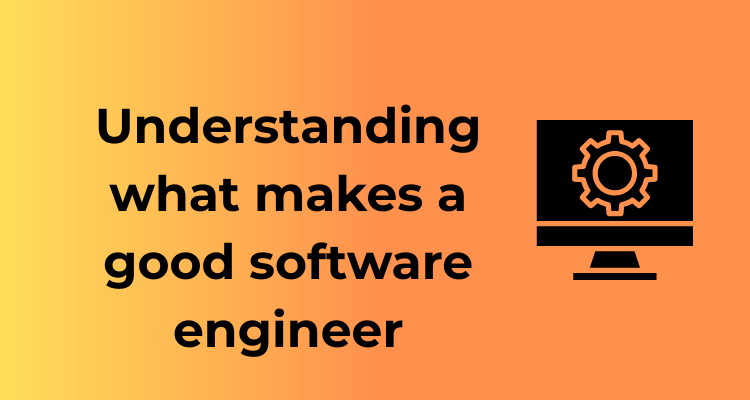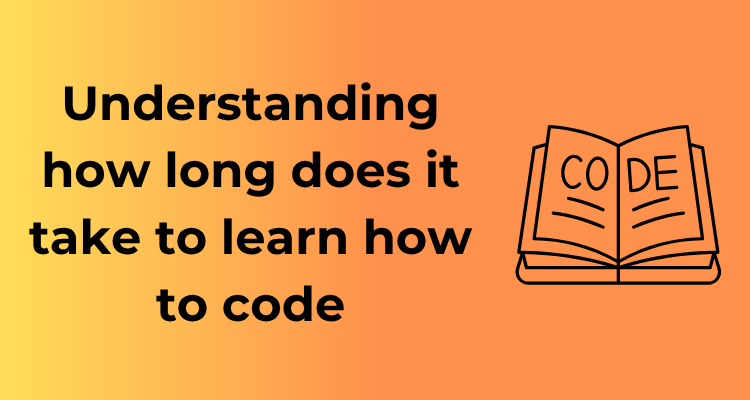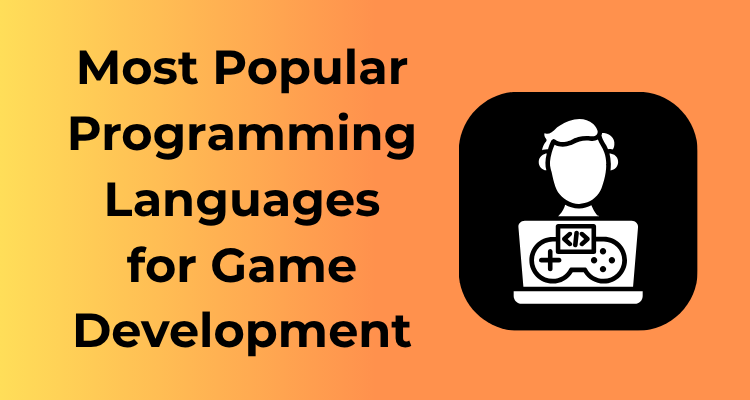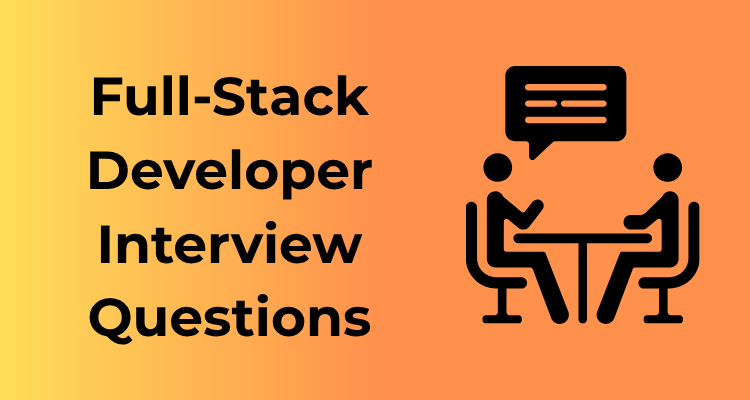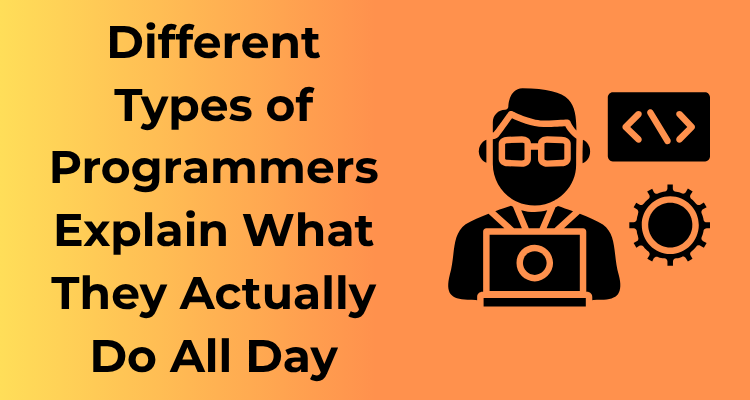What comes to mind when you think of a software engineer? Someone who constantly crunches numbers, writes complex code, and solves meticulous problems? While problem-solving is integral to the role, here’s the catch: great software engineering isn’t just about algorithms and debugging. It’s also a dance with creativity.
Let’s break it down: a software engineer is, at their core, a solutions architect. Problems arise daily—some straightforward, others maddeningly intricate. Think of a team needing a faster way to distribute tasks or a platform requiring better scalability for its future growth. Problem-solving skills are essential for dissecting the issues, analyzing root causes, and determining actionable solutions. Anyone can band-aid a problem temporarily, but crafting long-term solutions requires careful thought, a structured approach, and an insatiable curiosity to ‘dig deep.’
Well, that seems pretty logical, right? So, where does creativity come in?
Soft Skills For porffesional Success: Read More.
The Role of Creativity in Engineering
An exceptional software engineer anticipates future challenges, questions the “usual way,” and innovates! Creativity fuels this process. It encourages thinking beyond what’s obvious, transforming a good solution into a brilliant one. For example:
- Creativity could empower a developer to design a web application with an intuitive interface that users simply can’t resist.
- It might also inspire innovative ways to optimize performance, perhaps by reimagining how data is processed or stored.
- Better yet, creative engineers think about scalability—how to solve problems not just for today but for years down the road.
When creativity and problem-solving intertwine, engineers can produce elegant solutions that don’t just “work” but astound. They may look for ways to combine existing tools and frameworks in unexpected ways or re-define how their program interacts with databases. Exploring options that others might not have considered makes all the difference.

How Do You Hone This Balance?
If you’re aiming to develop yourself as a software engineer or better understand what makes great engineers tick, here are a few pointers to find that sweet spot between logic and imagination:
- Practice structured problem-solving: Familiarize yourself with frameworks like root cause analysis or systems thinking. Solutions that are clear, defensible, and easy to iterate will always shine.
- Experiment creatively: Never shy away from asking “Why?” or “What if?” Could machine learning solve a business problem? Could you simplify large processes into smaller reusable modules?
- Seek inspiration beyond code: Great ideas often come from exploring unrelated areas. Learn from art, design, or even nature to influence how you approach challenges.
- Stay humble but curious: Some of the best creative breakthroughs come from moments of collaboration. Discussing perspectives with peers can reveal possibilities you hadn’t even imagined!
Mastery Over Code: Writing Clean and Efficient Solutions
Ah, the art of writing clean and efficient code! If software development were a culinary adventure, clean code would be the gourmet dish that everyone admires and enjoys. It’s not just about making something work; it’s about ensuring that both the present and future developers can understand and build upon it without pulling their hair out. Let’s break this down together, shall we?
The Importance of Clean Code
Let’s face it: messy code can feel like walking through a jungle with no map. Clean code, on the other hand, is like a well-organized toolkit—everything is where it should be, allowing anyone to step in and get the job done. It’s not only about convenience but also about long-term maintainability. Remember, you’re likely not the only person who will interact with that codebase over its lifetime. Future-you, and more importantly, your team, will thank you for adopting clean coding practices!
Key Principles of Writing Clean Code
- Readable and Understandable: Ensure that your code is easy to follow. This means using meaningful variable names (no more “x” or “data” if you can help it!), commenting when necessary, and sticking to consistent naming conventions and formatting.
- Simplicity is Golden: Aim for simpler solutions instead of making things unnecessarily complex. As Albert Einstein famously said, “Everything should be made as simple as possible, but not simpler.” Strip away what’s unnecessary and focus only on what’s vital.
- Function Over Form: Break down your code into small, single-purpose functions or methods. This makes debugging and testing a breeze while improving overall clarity.
- Eliminate Redundancies: Follow the “DRY” principle (Don’t Repeat Yourself). If you find yourself copy-pasting code, that’s your cue to refactor and create reusable components or functions.
Efficiency: Make it Fast, but Don’t Compromise
Efficiency isn’t just something to strive for—it’s a hallmark of a good software engineer. Efficient code runs faster and uses fewer resources, which in today’s world means happier users and reduced costs.
So, how do we write efficient code?
- Understand the Problem Thoroughly: Spend time fully grasping the problem you’re solving before jumping into code. An elegant, efficient solution stems from understanding the core requirements.
- Optimize Algorithms: Choose the right data structures and algorithms for the job. Asymptotic complexity (e.g., Big-O Notation) is your friend—use it to assess how well your solution scales.
- Leverage Built-in Functions: Many programming languages come packed with optimized libraries and features. Use those tools instead of reinventing the wheel whenever possible.
- Test and Profile: Regularly test your code and use profiling tools to identify bottlenecks. Optimizing these areas can make a significant difference in performance.
Adaptability: Staying Ahead in a Constantly Changing Field
Ah, adaptability—one of the most sought-after traits in the ever-evolving world of software engineering. Let’s face it: technology doesn’t stay still. New languages, frameworks, and tools roll out faster than you can say “JavaScript library.” So, what does it actually mean to be adaptable, and why is it such a game-changer for software engineers? Let’s break it down!
Always Be Ready to Learn
In this field, there is one constant: change. While that might sound daunting, it’s also incredibly exciting. Adaptability means not just keeping up with changes but leaning into them. Engineers who embrace learning as a lifelong journey thrive because they view new tools and trends as opportunities to grow rather than hurdles to overcome.
The key here? Curiosity. People who ask questions, tinker with new technologies in their free time, and explore emerging trends are better equipped to adapt when the industry shifts. So, keep those crash courses, coding bootcamps, and tech blogs bookmarked—your future-self will thank you.
Knowing When to Pivot
Picture this: you’ve been working on a project for weeks, and suddenly the client (or your manager) decides to change directions. It’s frustrating, for sure, but adaptability shines in these moments. Great software engineers understand how to pivot gracefully. Instead of being bogged down by frustration, they assess what’s needed to pick up speed in the new direction.
Being adaptable doesn’t mean throwing out your expertise—it means using it to adjust course. This also involves a good pinch of resilience and problem-solving. Sometimes, it’s not just about how quickly you can adapt, but how well you pivot while maintaining quality and focus.
Staying Tech-Savvy
Let’s be real: nobody expects you to know every language, framework, and library out there (there are thousands!), but successful engineers are strategic about staying current. That might mean picking up on industry trends by following thought leaders on LinkedIn or GitHub, or experimenting with a popular technology before it becomes a requirement on job listings.
- Subscribe to newsletters like Hacker News or Smashing Magazine to keep your finger on the pulse of innovation.
- Join online communities like Stack Overflow or Reddit’s r/programming to stay in the loop.
- Set aside time for “play projects” where you can test out new tools, whether it’s machine learning libraries or cutting-edge APIs.
These small, deliberate actions compound over time—giving you the confidence and toolkit to tackle whatever comes next.
It’s Not Just About Tech
And it’s not just the tools you use that change; the workplace evolves too. Remote work, Agile methodologies, or the rise of DevOps are just a few examples of how the soft skills side of adaptability matters just as much. Being open to new workflows and team dynamics is vital to thriving in today’s field.
Communication: Explaining Tech Jargon to Non-Technical Teams
Let’s be honest—communication is a skill that often takes a backseat in the world of coding. After all, when you’re knee-deep in algorithms and debugging, fancy words aren’t going to fix that rogue semicolon. But if you’re aiming to be a truly outstanding software engineer, being able to connect with non-tech folks is just as important as your technical chops. Why? Because the best ideas and solutions rarely succeed in isolation. To drive a project forward or explain why a system needs a certain architecture, you’ll need strong communication skills.
The Art of Speaking “Plain Human”
One major challenge for software engineers is translating technical ideas into language that stakeholders, clients, or team members without a technical background can understand. It’s easy to slip into a jargon-filled explanation (“This API needs to integrate with a microservice architecture via a GraphQL endpoint…”), but what if your audience looks at you like you’ve just spoken Klingon? You’re at risk of losing their trust and focus.
So, here comes your mantra: **simplify.** Instead of bombarding non-tech colleagues with acronyms, break down complex ideas into relatable analogies. For example, when explaining how an API works, compare it to ordering food in a restaurant—the menu is the API, and the food being served is the requested data. Suddenly, the light bulb clicks for everyone in the room!
Be Curious, Be Empathetic
Good communication isn’t all about talking; it’s also about **listening**. Take time to genuinely understand the concerns, ideas, or goals of your non-technical peers. They might not know the Pythonic way to solve a problem, but they may have great insights into the product needs or end-user preferences. Active listening breeds collaboration and trust—and, let’s face it, helps you avoid those “They didn’t tell me!” moments down the line.
Additionally, approaching each conversation with compassion can go a long way. Remember, it’s not that your colleague doesn’t care about technology; it’s just not their domain. Instead of feeling frustrated, put yourself in their shoes. Chances are you’d also appreciate patience and explanatory clarity if the tables were turned.
Tools to Up Your Communication Game
If verbal communication isn’t your strongest suit, don’t worry—there are many ways to get your point across. Here are a few tried-and-tested strategies practiced by top engineers:
- Diagrams and visuals: Flowcharts, whiteboard sketches, or UI mockups can do wonders for illustrating how systems fit together.
- Use storytelling: Create simple narratives that walk through the problem and solution, making technical concepts more relatable.
- Keep your audience in mind: Tailor your explanations to the knowledge level of your listeners. The CFO doesn’t require nitty-gritty details about the back end; they just want to know it improves the bottom line!
Collaborative Skills: Thriving in Team Environments
Let’s talk about collaboration—a skill that’s especially crucial for software engineers. You might picture coding as a solitary task, with engineers working late into the night, headphones on, staring at endless lines of code. While part of that is true, the reality is that modern software development is profoundly teamwork-oriented. Today, thriving in a team environment is just as important as knowing your tech stack or debugging abilities.
Why Collaboration is So Important
Software engineering isn’t an isolated process; it’s like being part of a living, breathing organism. When companies develop a product, multiple teams come together—developers, designers, QA testers, project managers, and sometimes even marketers. Each one brings their own expertise to the table. Without effective collaboration, things can quickly spiral into chaos: duplicate efforts, misunderstandings, and missed deadlines. Sound familiar? That’s why being a solid team player isn’t just a bonus; it’s a necessity.

What Makes a Collaborative Software Engineer?
So, what’s the secret sauce? Certain traits and habits set great collaborators apart. If you’re trying to level up in this area, here’s your checklist:
- Respect for Diverse Perspectives: Sometimes, the UI/UX designer’s vision won’t align with yours as a backend developer, and that’s okay. Listen and ask questions.
- Proactive Communication: Share updates before being asked. A quick note in Slack about progress (or blockers) goes a long way.
- Willingness to Adapt: Not everything will go as planned. Flexibility to change directions based on team needs is invaluable.
- Empowering Others: Find ways to mentor or assist teammates when they’re stuck, even when it’s not technically your “job.”
- Embracing a Problem-Solving Attitude: Teams thrive when members contribute ideas, whether it’s stepping up in a brainstorming session or offering practical solutions without a trace of blame culture.
Tools That Foster Collaboration
With the rise of remote work, collaboration isn’t just about sitting in a room together anymore. Add to your skillset by mastering today’s top collaborative tools:
- Version Control Systems: Tools like Git let teams work on the same codebase seamlessly.
- Project Management Platforms: Learn how to navigate tools like Jira, Asana, or Trello for tracking progress and dependencies.
- Communication Channels: Whether it’s Slack, Microsoft Teams, or Zoom, knowing how to use (and when to mute) these tools is key to avoiding digital miscommunication.
How Collaborative Engineers Benefit a Team
Ever been in a project where everything clicked? Chances are, it was because you had great collaborators—people who brainstormed effectively, divvied up tasks fairly, and celebrated wins together. Collaborative engineers are the glue that holds a team together. They help resolve conflicts, bring innovation by combining ideas, and keep morale high.
Dedication to Learning and Self-Improvement
Being a software engineer isn’t just about knowing one coding language or mastering one tool for life. The tech world is a fast-moving train where the tracks are constantly shifting and evolving. If there’s one superpower every great software engineer should have, it’s an unshakeable dedication to lifelong learning and self-improvement.
Staying Curious: The Lifeblood of Growth
Technology doesn’t wait for anyone, and neither should your curiosity. Great software engineers are insatiably curious about new frameworks, tools, and methodologies. Maybe it’s exploring the latest language like Rust, or perhaps diving into machine learning techniques. People who stay curious don’t just adapt to industry trends—they anticipate them.
Pro Tip: Take time every week to read technical blogs, explore open-source projects, or watch tutorials. Platforms like GitHub, Medium, and free courses on platforms like Coursera or Udemy are goldmines of knowledge!
Consistent Skill Sharpening
Dedication to sharpening your skills is like upgrading your character in a video game—you level up and unlock new possibilities. Even if you’ve been in the industry for years, you need to avoid falling into the trap of complacency with your existing skills.
- Practice coding daily, even if it’s just solving algorithmic challenges on sites like LeetCode or Codewars.
- Attend webinars or workshops to learn from peers and industry leaders.
- Experiment with new tools or paradigms that push you out of your comfort zone.
Remember, the best engineers are those who see learning not as a chore, but as part of the fun!
The Growth Mindset: Turning Failures into Lessons
Software engineering is as much about handling errors (yes, bugs will happen) as it is about writing flawless code. A commitment to self-improvement requires embracing a “growth mindset,” where every mistake is an opportunity to learn something new.
Did a deployment go sideways? Ask yourself why. Hit a problem you can’t solve? Dive deeper into documentation, or reach out to mentors. This proactive approach ensures you’re not stuck but constantly moving forward.
Investing in Non-Technical Skills
What many don’t realize is that self-improvement for a software engineer doesn’t stop with technical skills. Your ability to handle stress, communicate effectively, and manage time efficiently are just as crucial.
- Read books or blogs on time management.
- Join communities that help hone soft skills.
- Learn more about mental and physical well-being to prevent burnout, a challenge many in tech face.
These elements work synergistically with your technical prowess to make you a truly formidable engineer.
Strategic Thinking: Knowing When to Build, Buy, or Repurpose
Ah, the age-old question in software engineering: should you build something from scratch, buy an existing solution, or repurpose a tool that you already have? This decision isn’t as black-and-white as it may seem. In fact, mastering this strategic choice is one of the most valuable traits a software engineer can possess. Let’s break it down to see what it means to think strategically in this context and how it can elevate you as a professional.
1. Understanding the Problem
Before diving into the nitty-gritty of making a decision, it’s crucial to fully comprehend the problem at hand. Ask yourself these questions:
- What exactly are the requirements? – Are you solving something specific and unique or something more routine?
- What’s the time frame? – Is this a quick fix or a long-term project?
- What are your team’s resources and skills? – Do you already have expertise in solving this problem, or would learning the ropes be too time-consuming?
Answering these questions will lay the foundation for a thoughtful decision. Strategic thinking starts with a clear understanding of what you’re tackling.
2. The Case for Building
Building software from scratch is often the most creative option, but it comes with its own set of challenges. Here’s when it makes sense:
- When the requirements are highly unique: If you’re solving an unusual problem that off-the-shelf solutions can’t handle.
- If you want full control: Custom-built solutions allow for maximum flexibility and customization.
- Investment value: Sometimes, building something internally builds intellectual property that adds immense value to your organization.
However, don’t let your inner coder take over. Remember that building takes time, significant resources, and thorough maintenance. Approach this option cautiously unless the payoff justifies the effort.
3. The Case for Buying
If there’s an existing solution that fits your needs, why reinvent the wheel? Buying software is often the quickest way to hit the ground running. Here’s why:
- Speed: Commercial software is already developed, meaning you can deploy it quickly.
- Cost-effectiveness: For smaller-scale projects or startups, it’s often cheaper to pay for something that already works than to pour resources into building.
- Support and updates: Most vendors offer maintenance, customer support, and frequent updates, keeping your solution up-to-date with minimal effort on your part.
However, always ensure the software integrates smoothly into your ecosystem and meets your privacy or scalability concerns.
4. The Magic of Repurposing
Then there’s the often-overlooked middle ground: repurposing tools you already have. This choice shines in many scenarios:
- Familiarity: Your team already knows how to use the tool, so the learning curve is minimal.
- Cost savings: Why buy or build when you can innovate with your existing stack?
- Sustainability: A small tweak or add-on might bridge the gap without creating an entirely new piece of code.
Repurposing requires creativity and a deep understanding of your current resources but can sometimes be the smartest path forward.
5. Making the Final Decision
When deciding between build, buy, or repurpose, the ultimate goal is to pick the option that balances cost, time, and functionality while serving both current and future needs. A skilled software engineer evaluates:
- The total cost of ownership (not just initial spend).
- How quickly the team needs the solution.
- Whether the process adds or detracts from long-term scalability and maintainability.
Strategic decisions aren’t just about logic; they’re about recognizing trade-offs and adapting to what serves the project best.

